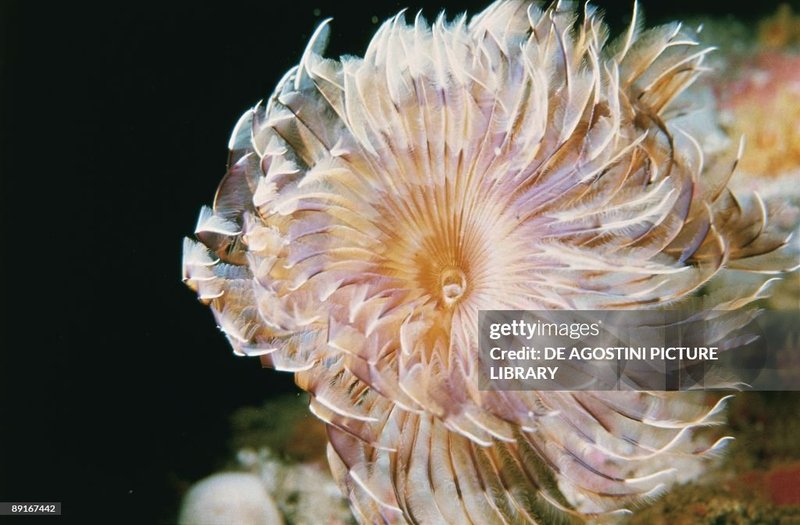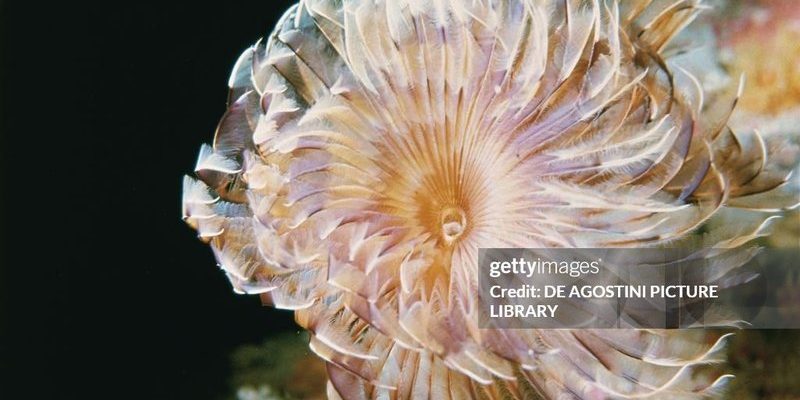
Now, you might be wondering why anyone would want to keep tabs on fan worms. Well, just like watching the weather can prepare you for a storm, understanding fan worm activity helps marine biologists gauge the health of ocean environments. It’s all about seeing how these creatures react to changes in temperature, water quality, and food availability throughout the year. In this article, we’ll dive deep into what you need to know about monitoring Sabellid fan worm activity, step by step, season by season.
What Are Sabellid Fan Worms?
Let’s start with the basics. Sabellid fan worms belong to a group of marine annelids known for their striking, feathery crowns. These feathery structures are actually their feeding apparatus, designed to capture plankton and tiny particles drifting by. They reside in tubes made of sand grains, small shells, and mucus, often found in shallow waters.
These creatures not only look beautiful but also play a vital role in maintaining the ecosystem. They enhance water quality by filtering it and provide habitat for other marine organisms. Think of them as tiny water purifiers—keeping the environment clean while providing shelter for small fish and other residents. Plus, they are quite adaptable and can thrive in various environments, from sandy bottoms to rocky coastlines.
Spring: Signs of New Life
As spring rolls in, the ocean warms up, and so does the activity of Sabellid fan worms. During this season, you can expect them to be more visible, as they become active once the water temperature rises. This is their time to thrive, making it ideal for biologists to start monitoring.
Typical signs of activity include expanded feathery crowns, which you can see swaying with the currents, and increased feeding behavior. As they gather energy, they also begin the process of reproduction. You might notice more fan worms in certain areas, indicating that conditions are just right for them. If you’re observing these creatures, take note of their habitat and the types of sediment they’re using to build their tubes—this will help in understanding their preferences.
Summer: Peak Activity and Reproduction
Summer is when Sabellid fan worms are truly thriving. Water temperatures are at their highest, leading to peak feeding activity. During this time, they’re not just feasting on plankton but also engaging in reproduction. It’s common to see them spawning, filling the water with tiny larvae ready to float away and find a new home.
If you’re monitoring their activity, this is a great time to collect data on population density. With more fan worms out and about, it’s easier to observe their interactions and behaviors. Remember, the summer months can also bring changes to water quality, so it’s crucial to keep an eye on factors like pollution or algae blooms that might affect their habitats.
Fall: Transition and Adaptation
As the weather begins to cool down in fall, you’ll notice changes in fan worm activity. While they might still be present, their feeding patterns and behaviors can shift. Many worms might retract their crowns during cooler days, conserving energy. It’s a natural adaptation to gradually lower temperatures and changing food availability.
Monitoring during this season helps you understand how these creatures prepare for winter. The data collected on their feeding habits and tube construction can indicate how well they’re adapting to environmental changes. You might even see them repairing and reinforcing their tubes to prepare for the harsher conditions ahead.
Winter: Survival Strategies
Winter brings a unique set of challenges for Sabellid fan worms. As temperatures plummet, their activity significantly decreases. They may retreat further into their tubes, becoming less visible. However, this isn’t the end for them—it’s a time for survival. They enter a state of dormancy, ensuring their energy reserves are protected until warmer days return.
During winter, monitoring becomes crucial for understanding their resilience. Look for signs of tube integrity and any remaining feeding activity. If you come across dead or damaged fan worms, that might signal issues like habitat degradation or harsh environmental conditions. Collecting data during this time can help in assessing the overall health of the ecosystem.
How to Monitor Sabellid Fan Worms
Monitoring fan worm activity isn’t just about observation; it involves a systematic approach. Here are some steps to consider:
- Choose a Location: Select areas where fan worms are commonly found. Tidal pools, sandy beaches, and rocky shores are great spots.
- Use a Measuring Tool: Measuring water temperature, salinity, and clarity will provide context for your observations.
- Record Frequencies: Keep track of how often you see fan worms and their behaviors at different times throughout the year.
- Take Photos: Visual records can help with identification and assessing changes over time.
Establishing a consistent monitoring routine will help you gather valuable insights into the health of these fascinating organisms and their environments.
Why Monitoring Matters
You might be wondering why all this monitoring of Sabellid fan worms is so important. Well, these worms serve as indicators of ecosystem health. By understanding their activity throughout the seasons, we can learn a lot about the overall condition of marine environments.
Changes in population or behavior may signal wider issues, such as pollution or climate change. When scientists track these changes, they can develop conservation strategies and protect fragile ecosystems. It’s like having a canary in a coal mine—these little creatures can tell us a lot about what’s happening beneath the waves.
Monitoring Sabellid fan worm activity across the seasons is not just a scientific endeavor; it’s a way to connect with and protect our oceans. By observing their patterns, we gain insights into the health of marine habitats and the challenges they face. Each season presents a unique opportunity to learn and adapt our conservation efforts.
So, whether you’re a seasoned marine biologist or just someone with a curiosity for the ocean, keeping an eye on these fascinating creatures can make a big difference. The next time you find yourself near the shore, take a moment to appreciate these small architects of the sea and the important role they play in our world. It’s about more than just watching worms; it’s about caring for our planet and its incredible ecosystems.

